sE Electronics – The MusicTech Interview
Our series of in-depth interviews with the makers of the gear you use continues with sE Electronics MusicTech meets the acoustic and mic experts for exclusive interviews with the Founder of the company, Siwei Zou, and the Brand Manager, Chris Dauray… As a successful composer, conductor and musician in Shanghai, the founder of sE Electronics, […]
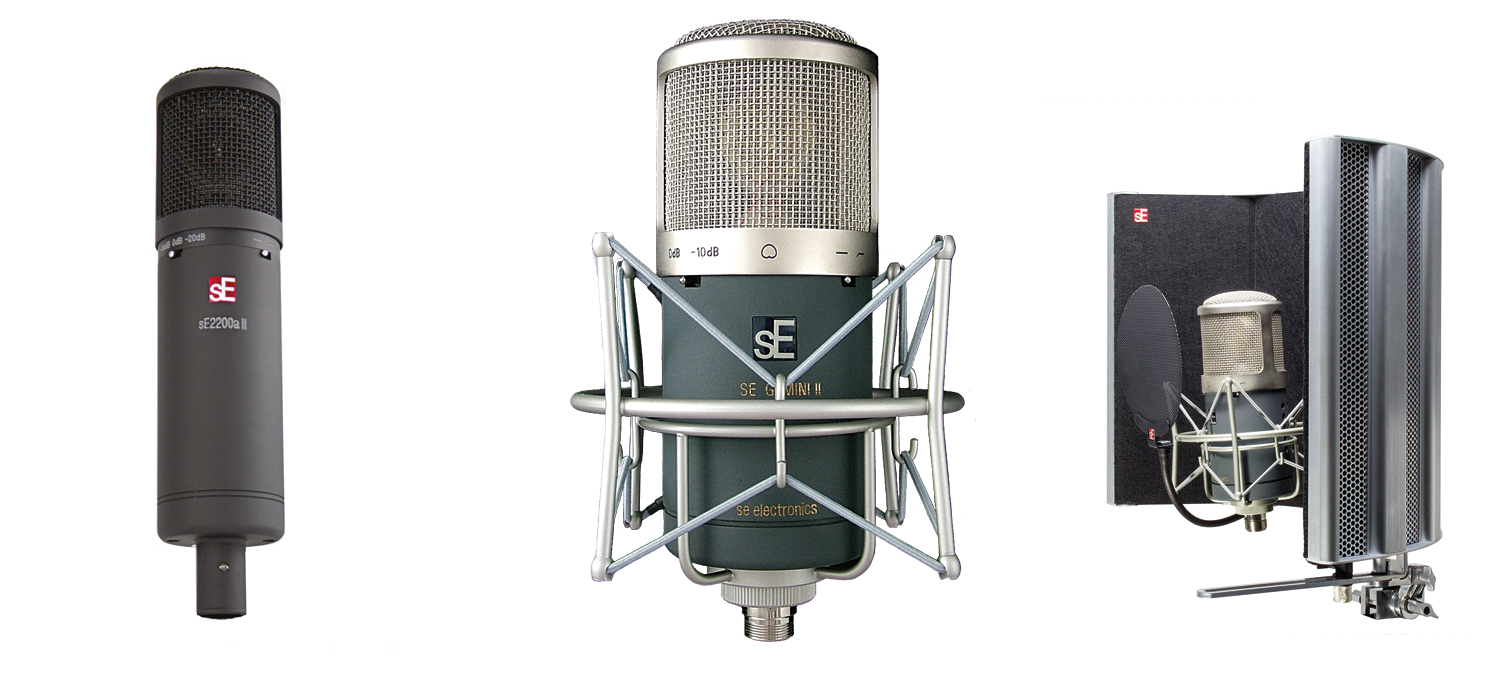
Our series of in-depth interviews with the makers of the gear you use continues with sE Electronics MusicTech meets the acoustic and mic experts for exclusive interviews with the Founder of the company, Siwei Zou, and the Brand Manager, Chris Dauray…
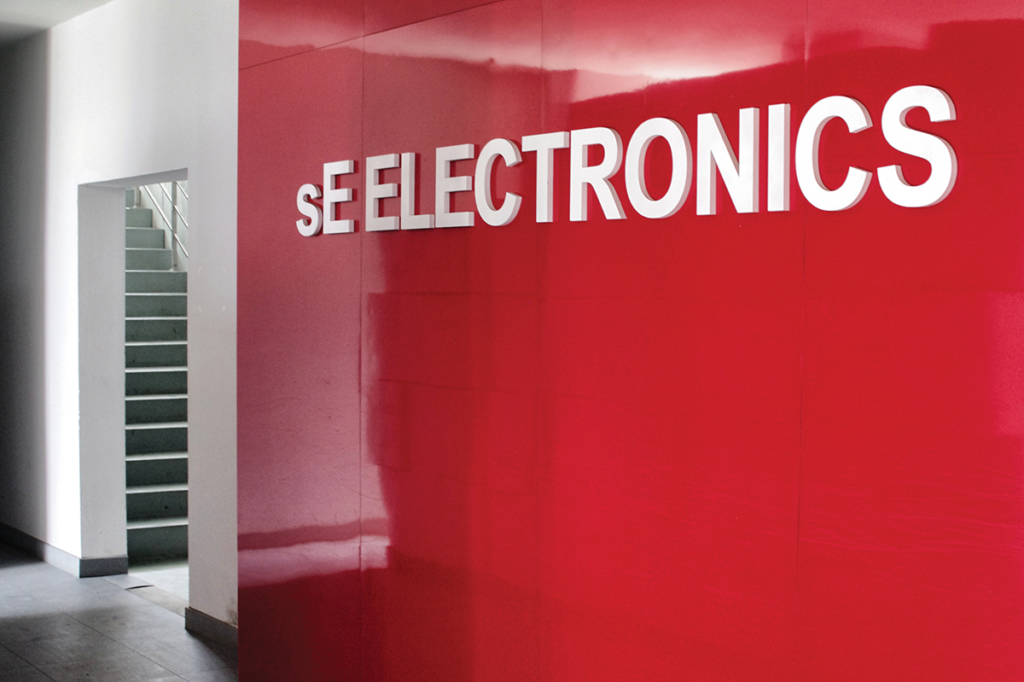
As a successful composer, conductor and musician in Shanghai, the founder of sE Electronics, Siwei Zou, was invited to California State University’s music department as a scholar. During his time in San Francisco, his contacts in Shanghai sent him newly developed microphones to record with, and he took more of an interest in their design until eventually, sE Electronics was born in 2000.
Since then, the company has rapidly grown and now makes mics for all recording situations and budgets, and pretty much invented the concept of the reflection filter – the mobile booth that cuts down reflections when recording vocals. Here, Siwei and the Brand Manager Chris Dauray reflect (sorry) on the company’s history and success…
MusicTech: Tell us about the early days of sE Electronics?
Siwei Zou: The history of sE Electronics has always been deeply impacted by our family history. I was very lucky to have the opportunity to move to the US and to continue my studies in audio engineering. While starting a new life in the US, I saw the opportunity to create sE Electronics.
As the company founder, my role is multidimensional. At the beginning, I was the engineer, the musician, the manager and the salesperson – all responsibilities required in creating and running the company. As it began to expand, I became more involved in product development and engineering. I needed a team of professionals to take on responsibility for sales, marketing and product development. I was very lucky to find partners in Sonic Distribution in the UK, that helped sE develop in all these aspects.
MT: What was the original goal of sE Electronics?
SZ: Simply to develop and manufacture good-quality, reasonably priced microphones. I was looking to set up a business where I could utilise my music background and my entrepreneurial spirit.
In the 90s, before I started sE Electronics, I found microphones produced in China which were well received by my musician friends, and when we talked about them, I saw an opportunity. However, I also found inconsistency in quality. While I had no manufacturing experience, I was keen to learn and start my own brand.
MT: Tell us about sE Electronics’ product range?
CD: sE has a pretty broad portfolio, comprised mainly of acoustic treatment products and studio microphones. The Reflexion Filter Pro – invented by sE in 2006 – was a category-starter in many ways. The original product has grown into a very successful range from sE, with about 120,000 sold, and dozens of companies have produced their own copies and clones over the years. This is a definite testament to the need for and success of the original RF Pro.
As for our microphones, they range in price from about $99 to several thousand dollars for our high-end studio mics, notably the ones co-designed with Rupert Neve, one of the most famous names in the history of audio. We’re the only mic company in the world he’s collaborated with, and it’s been a true honour to work so closely with Rupert Neve Designs.
The affordable mics are sE’s real strong point, though. The X1 Series models cost around $200 USD, and have been massively successful for us. There aren’t a whole lot of mics at that price-point with a hand-made, hand-tuned brass capsule, and that gives them a really special edge performance-wise.
Moving forward, we’re definitely going to push into the world of live sound. We’ve had quite a bit of success there, but in some ways, that’s been largely accidental. Huge bands are using our studio mics on stage. They weren’t designed for the road, but they’re being used there, and we think that’s amazing. We’re currently working on a number of dedicated live-sound pieces that we’re really excited about, which will fit in well with our current product line.
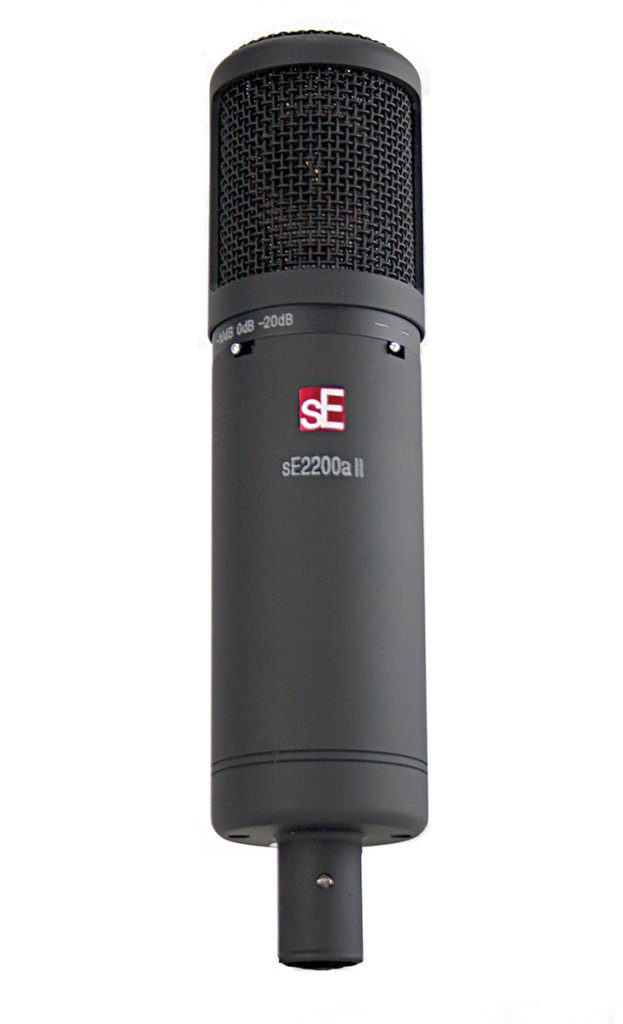
MT: So what do you think separates your mics from other manufacturers? Is it cost versus performance?
CD: The vast majority of what makes up our equipment is built by hand in our own factory, from start to finish. This may not sound unusual, but it’s not as common as most people might imagine, and it’s a huge part of the difference between a decent mic and a great mic.
Since we have our own manufacturing facilities, we’re able to exercise an immense amount of control over our production process, and we’re able to supervise this process 100 per cent of the way through… and we’re constantly improving it. And all our employees are true experts at their jobs. Our capsule-builders are masters at their craft – it is an extremely skilled and dedicated crew.
For example, every ribbon element in every ribbon mic – even our entry-level $200 X1R – is hand-built and hand-tuned by the same few people, and it’s done not just with machines, but by hand, in a way that only a great deal of experience can provide. This is the same way that the world’s finest musical instruments are built. We believe it produces a superior product.
Additionally, we spend a lot of money on our microphones and their components. Again, this doesn’t sound unusual, but many mic companies spend a massive amount of cash on advertising and marketing, and cut corners when it comes to the products themselves.
MT: Tell us a little more about the Reflexion Filter…
CD: Since we invented it, the Reflexion Filter has been copied and cloned more times than we can count. There are dozens and dozens of products on the market that look like a Reflexion Filter – and are even called ‘reflection filters’ – but don’t perform the same.
The key thing is this: our RFs are constructed with our own patented multi-layer technologies, which help diffuse and absorb sound evenly across the entire frequency spectrum. If you just stick a piece of foam on a metal panel, it will kill the high frequencies. If you just put a piece of cardboard there, it’ll cause reflections of its own.
The layered materials we use in the Reflexion Filters are specifically designed to maintain a completely neutral environment around a microphone – they don’t colour the sound at all. If you look at a frequency sweep of a microphone with no filter, and then the same sweep after you’ve added a Reflexion Filter around the mic, they look almost identical. This is something you won’t get from an imitation.
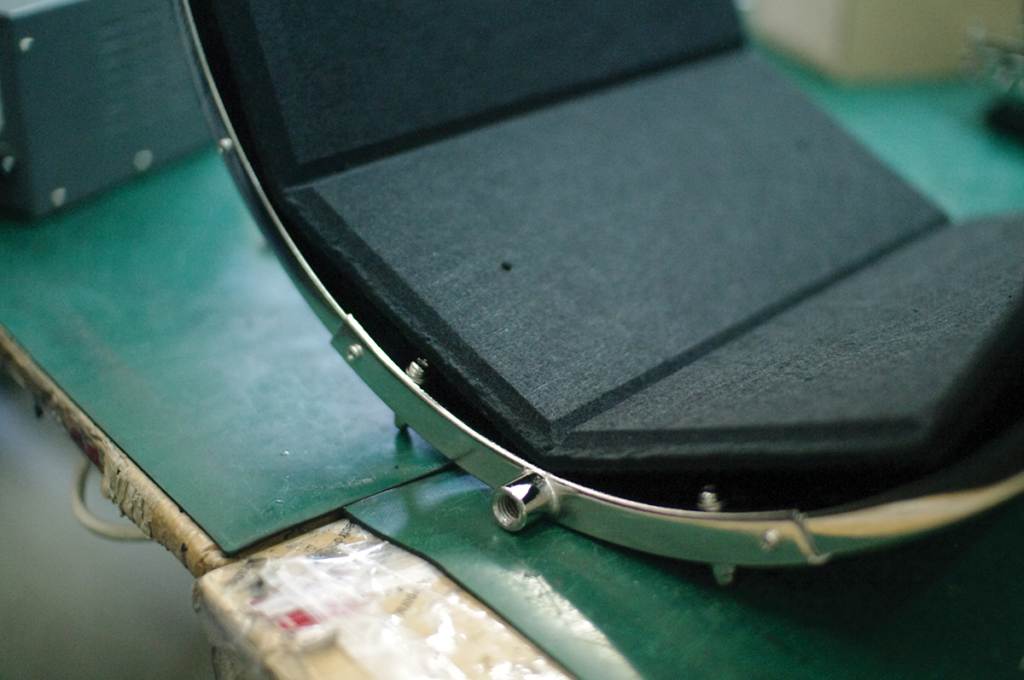
MT: What about the musicians and producers who use your gear – tell us about some of the bigger names?
CD: Our gear is used by a pretty large array of high-end producers and engineers, both in the studio and for live sound. To name a few: Ken ‘Pooch’ Van Druten (Linkin Park), Greg Price (Black Sabbath), Ryan Hewitt (The Lumineers, The Avett Brothers), Scott Hendricks (Blake Shelton, Faith Hill), Andrew Meyer (Justin Timberlake, Madonna), Simon Franglen (composer/musician/producer for films like Titanic and Skyfall), Lance Reyolds (Alt-J), Bill Reynolds (Band Of Horses)… it’s a long list.
Through word of mouth, Steve Stevens (Billy Idol) helped make our ribbon mics much more well-known. He called the VR1 ‘a no-brainer’ – it gets him to his tone faster than other ribbons do. Now we’ve seen these ribbons used by Billy Gibbons, My Morning Jacket, Keith Urban, Linkin Park… they’re all over the place.
They ‘hear’ more high-frequency content than other ribbons do, which makes them more useable on sources where you wouldn’t always reach for a ribbon.
Scott Hendricks said his Reflexion Filter ‘levels the acoustic playing field, regardless of where I decide to record’. F. Reid Shippen uses his to ‘keep the bad out and the good in’.
We hear Reid’s also essentially replaced his FET47 with our X1 D for kick drums. Greg Price, FOH for Black Sabbath, says ‘I love the sound of this group of microphones on guitars’ – he’s got the sE4, 4400a, T2, and Voodoo VR1 and VR2. We don’t usually like to bring cost into it, because we believe our mics can outperform mics costing several times as much, but we do get a lot of comments on their value, which is a nice bonus.
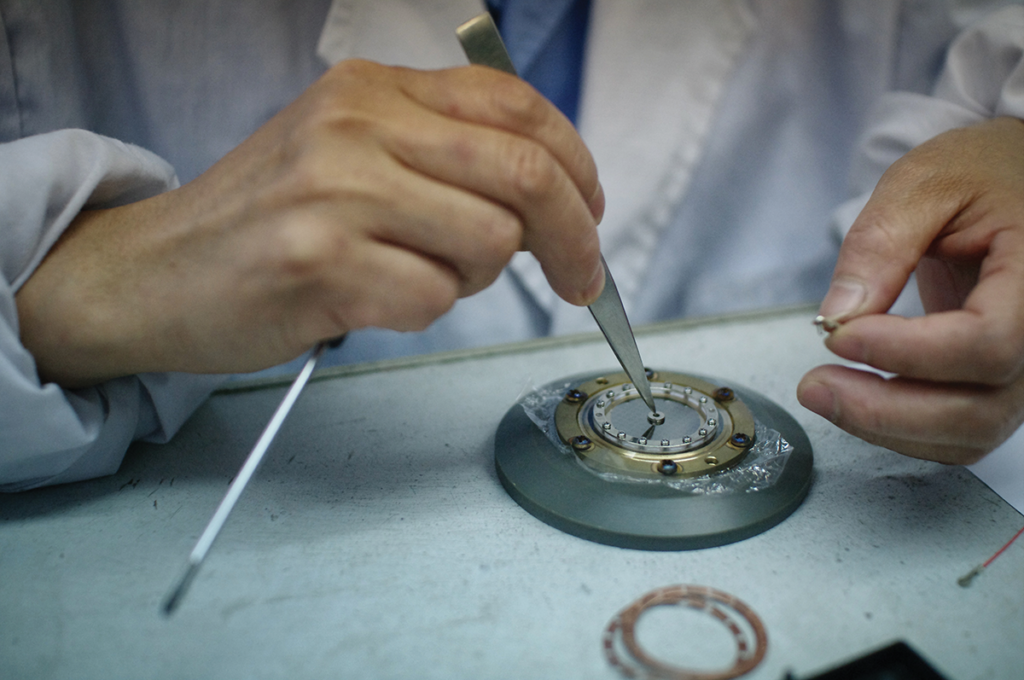
Assembly of a titanium capsule – said to offer punch, detail and great transient response
MT: Over your history, the nature of how we record and listen to music has shifted a lot. How do you see these changes, and how have they shaped the company?
CD: We live in an interesting time. More music can be made – and heard! – by more people than ever before. This is mostly a wonderful thing. For very, very little money, you can get a home-studio setup that can sound absolutely stellar if you know what you’re doing.
That’s the caveat, of course. A highly proficient engineer can make anything sound great, but the most expensive mic in the world doesn’t guarantee a good vocal sound for an inexperienced engineer.
Plus, with so many tools at our disposal – great affordable plug-ins and outboard gear – audio education and experience is more valuable than ever, since more people are using these tools than before.
And given the growing pains our industry is going through by adapting to new digital distribution methods (e.g. streaming platforms), it’s hard to make a living making music. It’s always been difficult, but technology has changed the struggle.
The issue may not be how to make an album, but how to rise above the proverbial noise floor and reach a large number of people without a major-label deal, and how to monetise that reach.
MT: What’s the one thing, tip or piece of advice you get asked about most?
CD: Most common would probably be some variation of ‘what’s the best mic for recording ‘X’? ‘How do I know if that mic is the right choice for it’?
MT: And your reply?
CD: If the source is dark or neutral, try a brighter or more detailed mic like a condenser. If the source is really bright or harsh, try a more mellow mic, like a ribbon. If you’re doubling tracks, try different polar patterns on different passes to give some different textures. Think about how ‘featured’ you want the particular track to be. Is it the lead vocal? Is it a moody rhythm guitar? Generally, bright stuff sticks out more. Use your mic choice to your advantage and the song will mix itself.
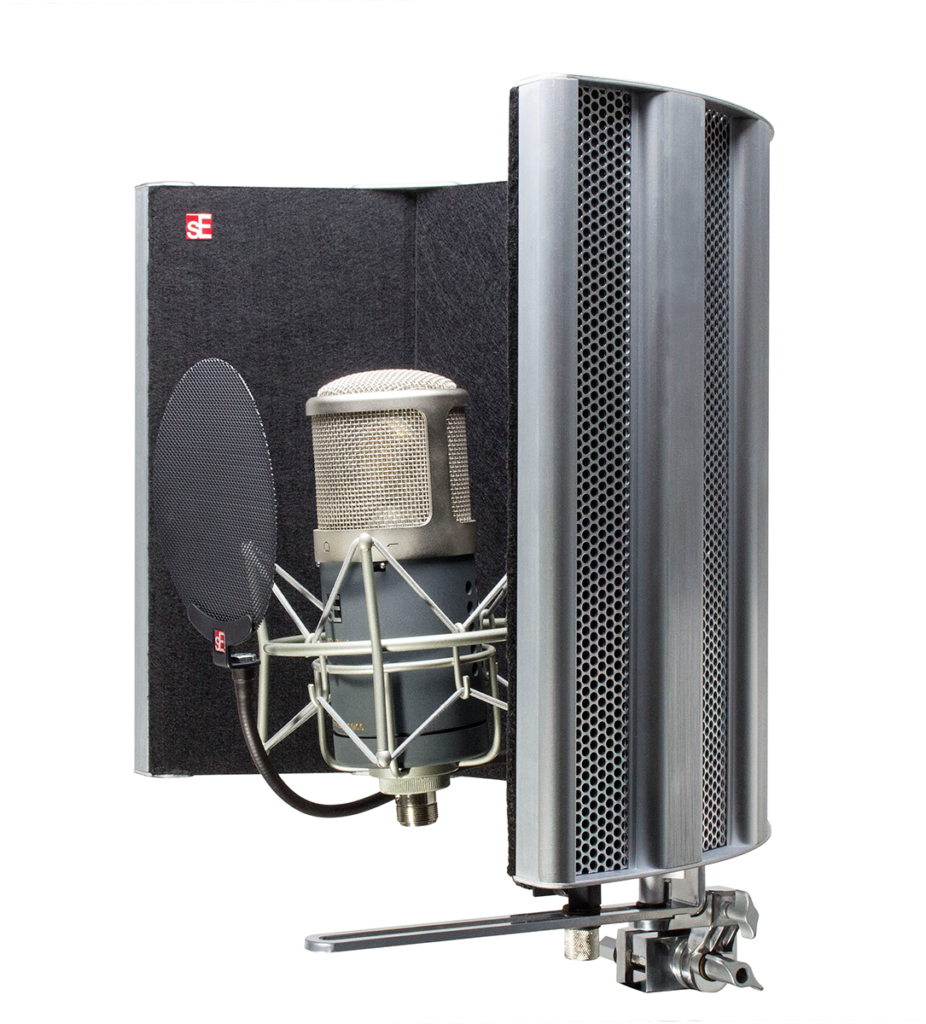
MT: And as far as mic’ing up instruments or vocals, what’s the most common problem and your advice for it?
CD: Aside from the above, people should think carefully about how many mics they’re using at once, and how much isolation each track actually needs. Sometimes, people think it’s better to use more mics or more tracks, or use a million overdubs to keep all of their sounds 100-per-cent separated from one another and individually manipulatable.
It’s ironic for me to say so, since our Reflexion Filters are designed to do just that, but isolation’s not always the answer. Sometimes, it’s quite necessary: like if you’re recording vocals in a bad room and you want to keep the room sound out of your mic. It’s why our RFs exist: to solve that particular problem.
But sometimes, the sound of your mix is helped greatly by instruments bleeding into one another. People try to glue a mix together with reverb and compression, but if they’d just had the band all play together in a decent room, or maybe if they’d used three mics on a drumkit instead of 12, they might not need to fuss with it so much later to get it to gel. Use your polar patterns to your advantage; move your mics around, listen, pay attention to phase, and think about how few mics you could use to capture the instrument’s essence.
MT: What about more general advice or tips for recording using a microphone?
CD: There are almost never wrong choices for mics in a studio setting. Live sound is a bit trickier, since you’ve got a host of other issues to deal with – physical size, potential feedback, ruggedness – but in a studio setting, you should always, always feel free to experiment.
Some of the greatest advances in recording technology and some of the most interesting mixes ever made have come from choices that would be considered wrong by many engineers. It’s all about serving the song. If your choice serves the song better, it’s the right choice.
Sylvia Massy, one of my very favorite producer/engineers, recently wrote a book called Recording Unhinged: Creative And Unconventional Music Recording Techniques. She interviewed a whole bunch of amazing people who weren’t afraid to experiment in the studio, or even if they were afraid, or if it was an accident, they did it anyway.
MT: What is the biggest production mistake that you hear and what is your cure-all advice for it?
CD: These days, it’s over-compression. You can hear it everywhere. It’s hard to get a big guitar sound if everything else is big, too. One cure is to learn how to record and EQ each track in a manner that complements the other tracks in the mix, so you don’t need to rely on compression to force them all together later.
Think about which parts of the frequency spectrum each instrument should occupy, and record/EQ them to fit there. Think of it as composing an arrangement, and compression will become much less necessary in the mix phase.
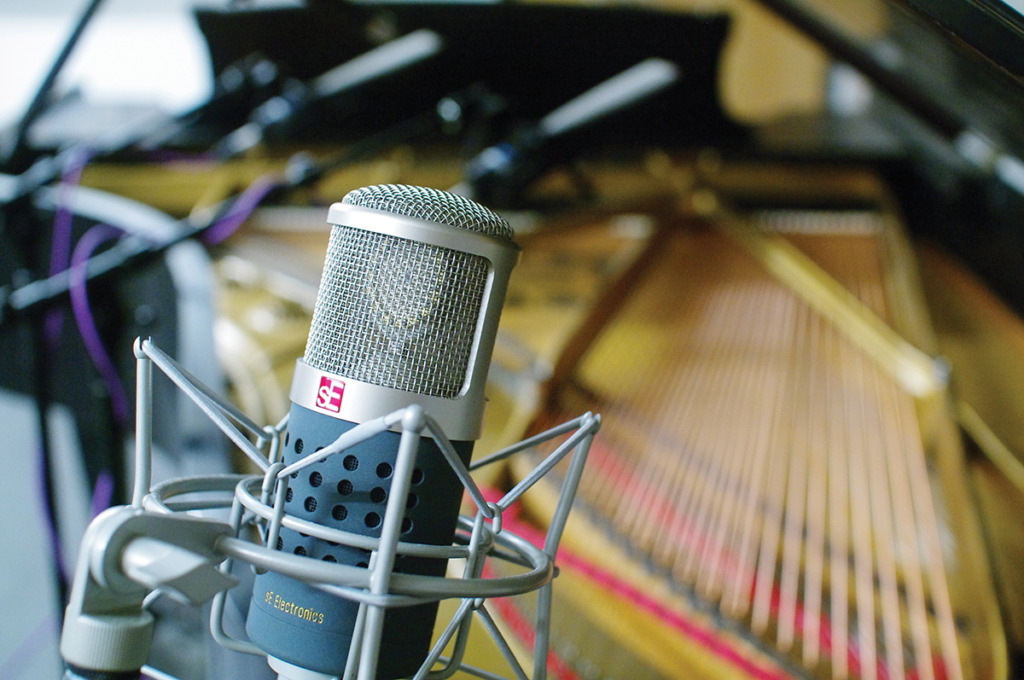
MT: What advice would you offer about making a living from music production?
CD: Firstly, experience is irreplaceable. Learn all you can. If possible, try to get an internship with an experienced engineer or producer. Watch and learn. Be a fly-on-the wall in as many situations as you’re able. Soak it all in.
Learn a ton of different styles and approaches and make your own from that. Secondly, think about new areas of work. For example, videogame scoring is huge these days. Composers and mixers are making great livings there. What’s the next industry with growth potential like that? Look at growing markets and think about how you can contribute your music or production experience to them.
MT: How would you like sE Electronics to be remembered as a company?
SZ: I hope sE Electronics will be remembered for its passion, innovation and dedication. These are the spirits that started the company and continue to embody everything we do. Every microphone we make is an expression of love and dedication.
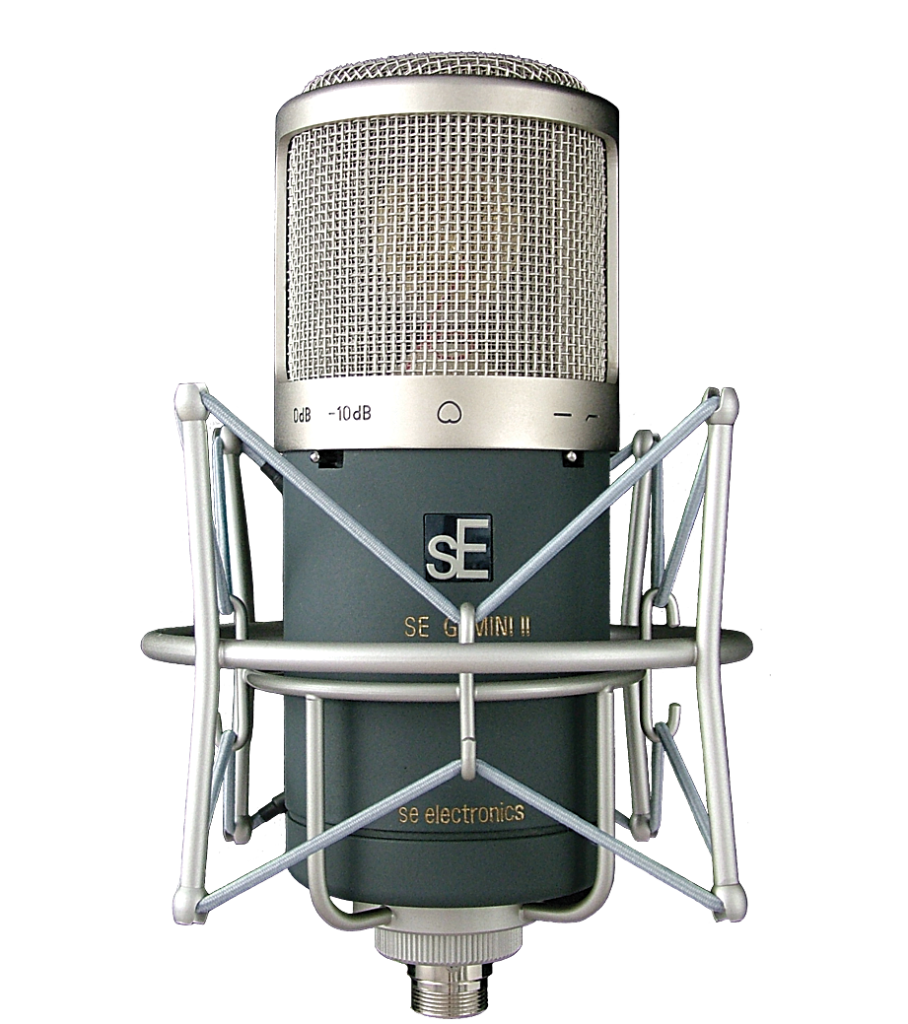
MT: Finally, how do you see the future of music production?
SZ: Technological revolution will of course continue to impact music production. Music can be produced, edited and shared at a cheaper cost and with faster speed than ever before, and this shows no sign of stopping. Innovation and integration in audio-production equipment will determine the future of the microphone itself.
As for sE Electronics, we’ll strive to create products for all types of customer expectations and uses, and will continue to do so as the industry evolves
Find out more about sE Electronics on their official website